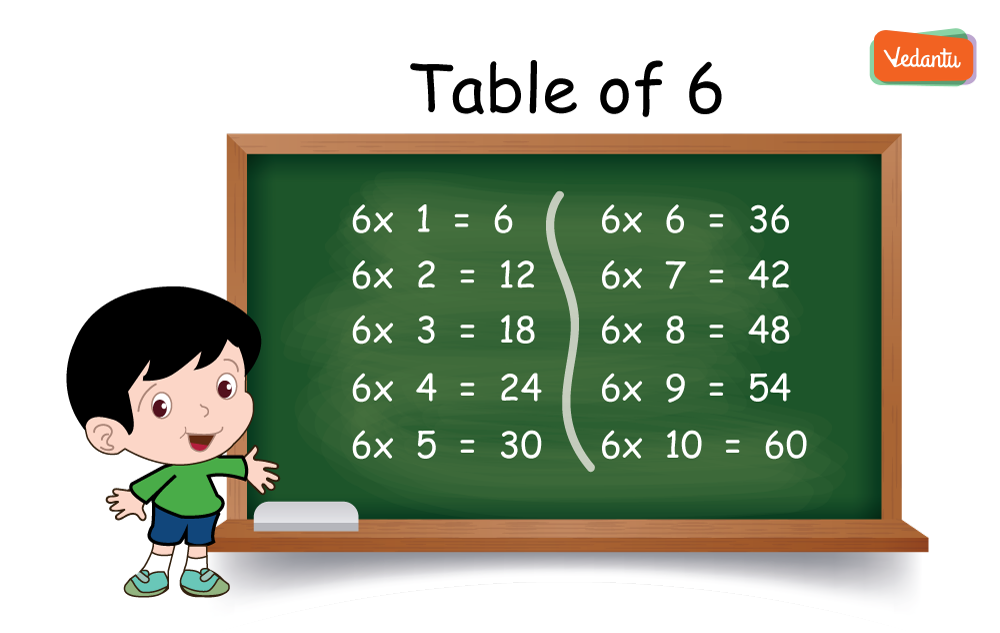Multiplication Table of 6 in Maths - Multiplication Table of Six - Free PDF Download
Courses
FAQs on Table of 6 - Multiplication Table of 6
1. What are the rules followed by a multiplication table of 6?
Each multiplication table follows the most basic and general rule of addition. It includes adding the same number repetitively.
For example, when we add 6 four times, we get 6 + 6 + 6 + 6 = 24, which is equivalent to 6 × 4 = 24.
2. What is the divisibility rule of 6?
Any number which is divisible by 2 and 3 both is also divisible by 6. This is because of the fact that a multiple of 6 is also the multiple of 2 and 3 both.
Recently Updated Pages
Maths | Learn Concepts and Formula-Based Questions

Factor of 415

Number Bonds - Subtraction, Advantages, and FAQs

Factors of 23

Math Trainer - Addition - Meaning, Importance, and FAQs

Repeated Addition - Explanation in Detail and FAQs







